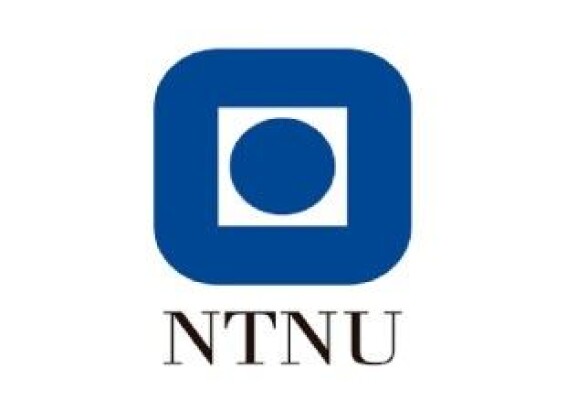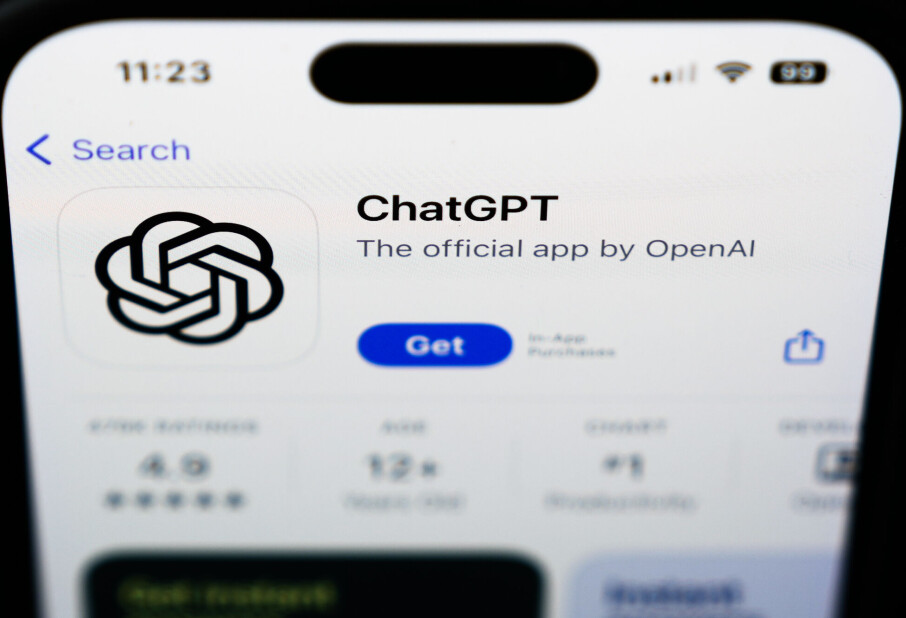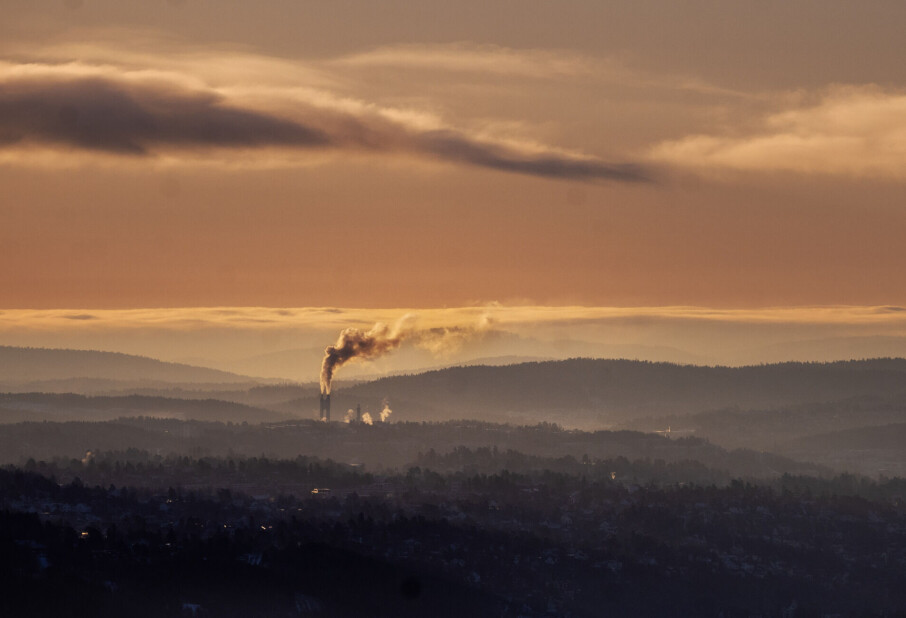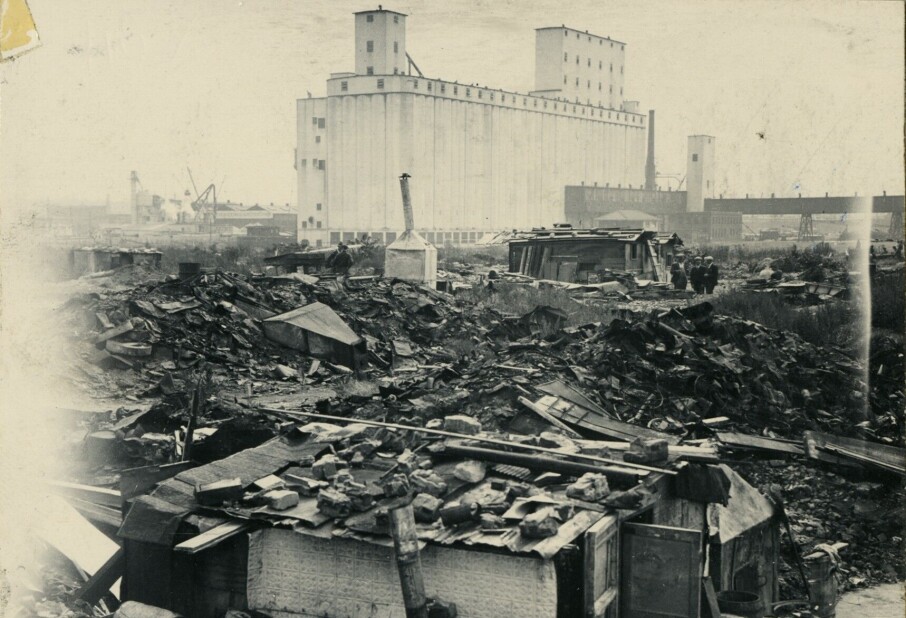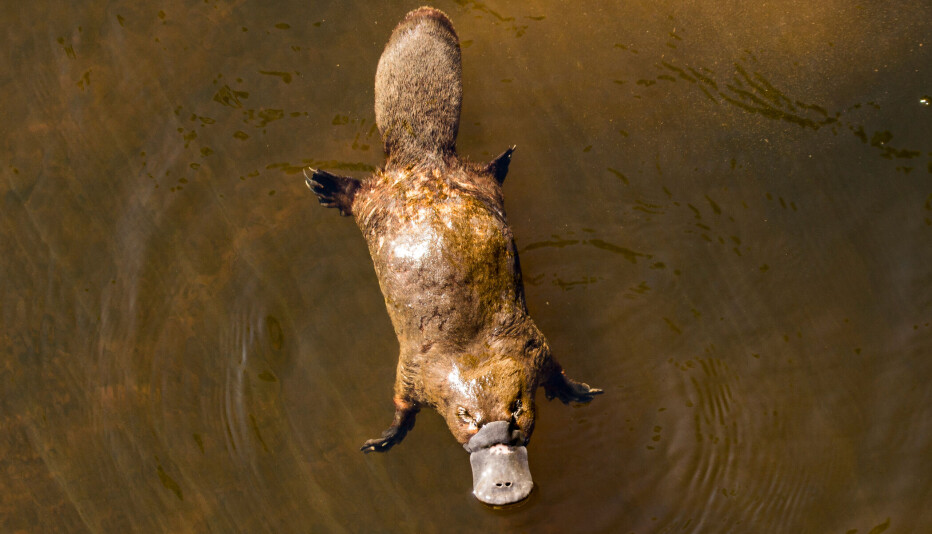THIS CONTENT IS BROUGHT TO YOU BY NTNU Norwegian University of Science and Technology - read more
Researchers have uncovered major problems in Norway's salmon industry
"We've got a management system based on pure trust," says researcher.

The Norwegian salmon farming industry is a success story about salmon, growth, welfare, and jobs along the coast.
Norway’s second-largest export sector has become a billion-dollar industry. One that also increasingly threatens the environment, animal welfare, and the wild salmon population.
Salmon, lice, welfare, and loopholes
A new study from researchers at NTNU points to a number of challenges.
The researchers interviewed stakeholders involved in different aspects of the salmon industry.
The criticism is particularly strong of the most important tool the authorities have to regulate the aquaculture industry – the traffic light system.
There are also major dilemmas related to salmon lice, fish health, and welfare. There are challenges with supervision and control, and the regulations have loopholes that can be exploited.
The researchers were most surprised by how everyone agrees that the current management system does not work.
Different views on salmon farming
Jon Olaf Olaussen is a professor at NTNU Business School, where he was Juliana Figueira Haugen's superviser as she worked on her PhD.
Haugen interviewed 23 informants from the industry, the authorities, environmental organisations, fishermen, and independent experts.
The main questions were how these different informants perceive the current regulations for salmon farming, and what improvements they believe are needed.

“The goal has been to bring out a better understanding of different views, which can contribute to increased awareness, deeper insight, bridge-building, and dialogue,” she says.
Agreed on the problems, disagreed on the solutions
The informants agree on many of the problems, but disagree on which solutions are best.
Anglers, environmental organisations, and some representatives from the authorities are in favour of stricter regulation. They are concerned about the environment and generally more sceptical about the aquaculture industry.
The researchers have extracted five main themes from the interviews:
- The traffic light system – the most important aquaculture regulation today
- Combating salmon lice in relation to the welfare of farmed salmon
- Challenges with supervision, control, and loopholes in the regulations
- Lack of policies that support technological innovation
- Perceptions about the industry and the need for more collaboration
Allows up to 30 per cent mortality
The criticism is strongest against the Ministry of Trade, Industry and Fisheries’ traffic light scheme.
“The biggest problem is that the system is based on salmon lice as the only factor. Many of our informants believe that escapes, mortality, discharges of nutrients, and diseases must be included,” says Haugen.
Plague or cholera?
Parasitic salmon lice threaten both farmed salmon and wild salmon.
Lice have become resistant to drugs, and mechanical or thermal delousing has become more common. The first removes lice by flushing or brushing. The other exposes the fish to hot water to get the lice to let go.
Representatives from environmental organisations call these ‘torture methods.’
A representative from a government agency described the choice between controlling the amount of lice to protect wild salmon or protecting the welfare of farmed salmon ‘a bit like choosing between plague and cholera.’
Accepting high mortality rates for salmon
Using what are called cleaner fish, or a species of fish that eat lice directly from the salmon, is gentler on the farmed salmon, but not the cleaner fish.
These fish have an even higher mortality rate than farmed salmon.
An informant from the authorities acknowledges that the use of cleaner fish is not acceptable, but describes the situation as being trapped in a no-man’s-land where it’s impossible to stop using the fish.

Last year, 57.8 million farmed salmon died in the sea phase (link in Norwegian). That's a mortality rate of 15.4 per cent.
The figures are based on what the fish farmers themselves report to the Directorate of Fisheries. The highest mortality rate was over 24 per cent, the lowest at 4.1.
Many of the informants in the NTNU study are extremely concerned about the welfare of the farmed fish. Some feel resigned because they believe such a high mortality rate would hardly have been accepted in other livestock industries.
Others are frustrated that, despite large losses of fish, fish farmers continue to reap large profits.
What is most surprising is how everyone agrees that the current management system does not work.
Little concrete white paper on aquaculture
In the white paper on the future of aquaculture, the Norwegian government acknowledges that the current regulations do not promote sustainable operations. The compromise reached in Parliament on June 12 resulted in few concrete measures, according to Olaussen.

Originally, a tax on lost fish, so-called wastage, and a new quota system for the discharge of salmon lice larvae, were proposed.
“After the deliberations in Parliament, all that's left is that more committees will be set up and there will be further investigations. In any case, the proposed emissions trading regime will take a very long time to put in place. Nor does it solve the fundamental problem of controlling production by lice to such a large extent,” he says.
Besides, Norway doesn’t have time to waste.
Native stocks of wild Atlantic salmon are on the Red List of threatened and endangered species. Large numbers of cleaner fish and farmed salmon die every year. And discharges from the farms are released directly into the sea.
Billion-dollar industry based on trust
The researchers point out that quotas require both accurate counting and a completely different control system.
So far, Norway has achieved neither.
The informants say that there are no resources to check the numbers the industry itself reports regarding lice, the number of salmon in the cages, and escapes.
“Then it doesn’t matter what kind of management system we have. If it's not followed up with monitoring and control, things will get out of control. We've got a management system based on pure trust. We actually have a billion-dollar industry with a large environmental footprint that's managed in this way. It’s unusual, and history shows that it doesn’t work,” says Olaussen.
Politics, sticks, and carrots
The stakeholders in the study agree that technological advances, such as closed fish farming facilities to limit direct discharges, will determine how sustainable the industry can become.
These stakeholder believe that politics should encourage more innovation, though they differ in their views on how the problems should be solved.
“More informants want more carrots, while representatives of fishermen, environmentalists, and some from the authorities typically want more orders, bans, and sticks,” says Haugen.
Reference:
Haugen, J.F. & Olaussen, J.O. Plague or cholera? Stakeholder perspectives on Norwegian salmon farming regulations, Marine Policy, vol. 177, 2024. DOI: 10.1016/j.marpol.2025.106685
More content from NTNU:
-
Why ChatGPT is bad at imitating people
-
Outer space has a trash problem, according to researchers
-
These researchers want quantum computers that work properly
-
If you can hear your neighbour snoring, there’s something wrong with the building you live in
-
The spiders that eat stars, and the researchers who catch them
-
Did you know that a blue-coloured organ in your brain can help you as you get older?







